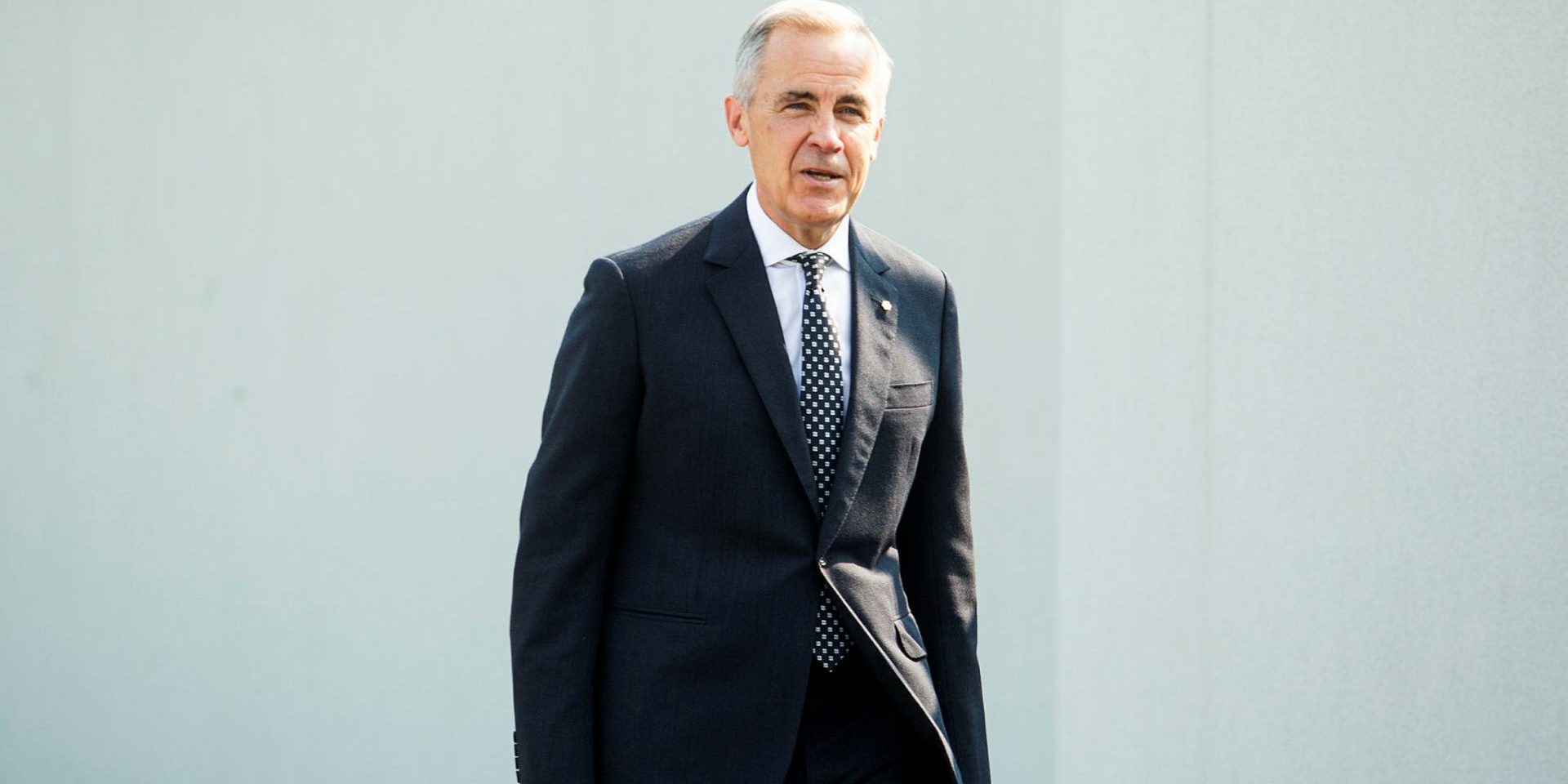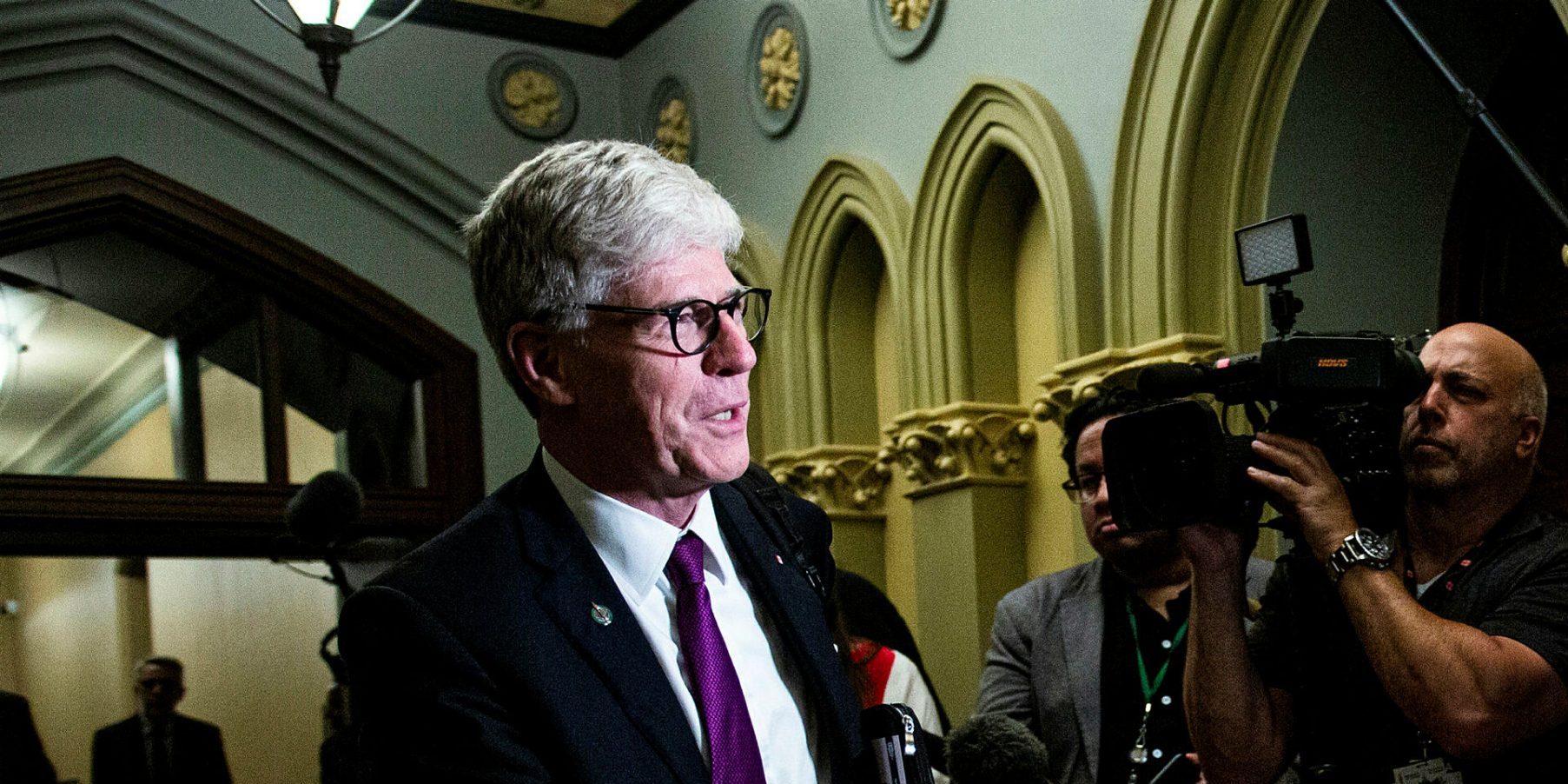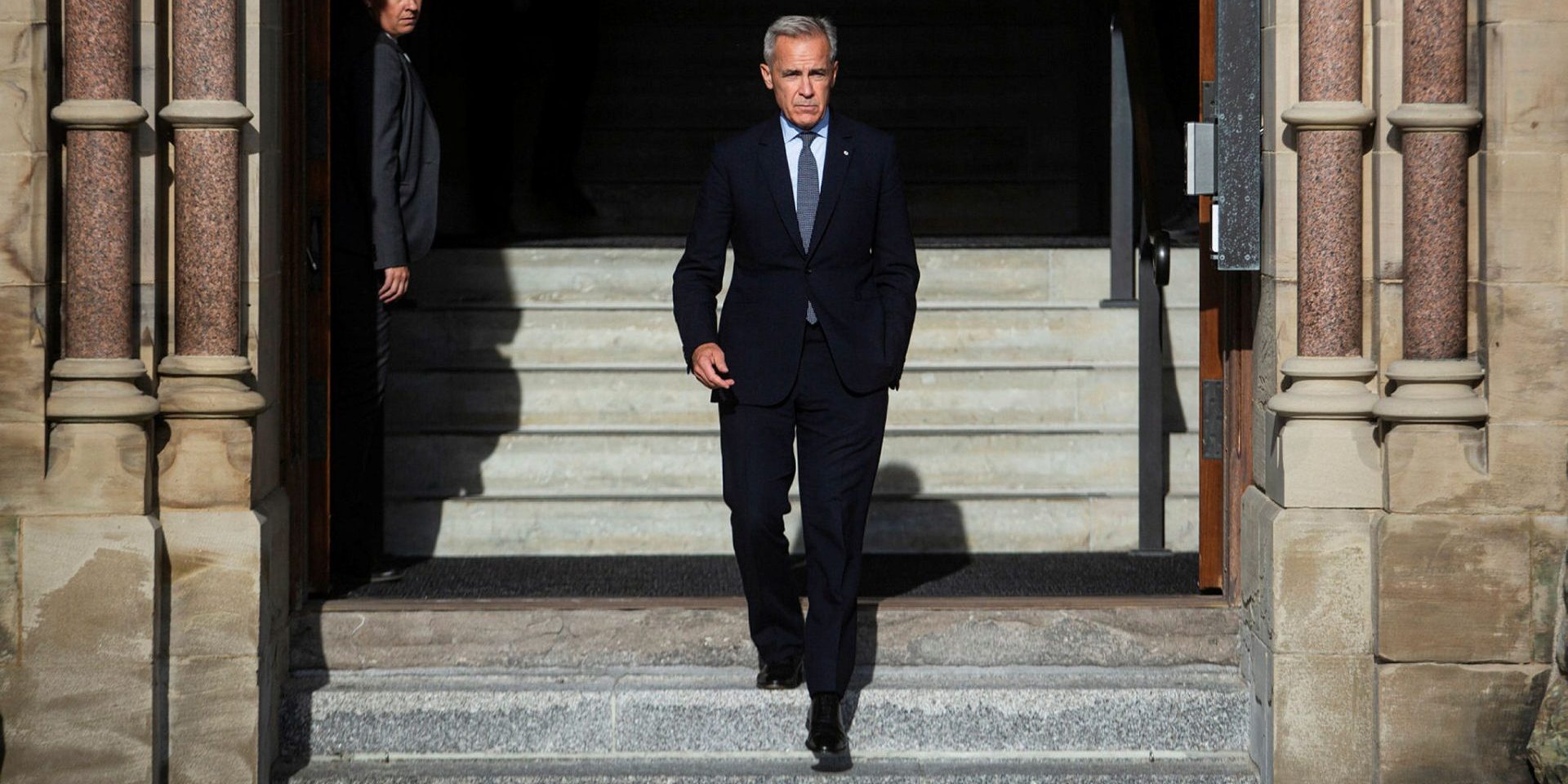Mark Carney and the politics of subtlety

CHELSEA, QUE.—At this hyper-partisan moment in our political lives, Prime Minister Mark Carney appears to be following a different course. And, so far, it is winning him popular support.
Rather than engaging in a constant game of one-upmanship, making new enemies and fuelling old divisions, he is getting things done—or launched, at least—with a minimum of bombast and a surprisingly loose sense of ownership. He appears open to changing details—if not his overall direction—in the face of pushback, and that direction is not dictated by ideology, but by pragmatism.
Pragmatism, of course, can be an ideology of its own—hewing to a careful, centrist, middle path that does little to correct historic injustices, or challenge the powerful. It will wear over time, for sure, but, for now, the relative lack of rancour and personal sniping is as restorative as the silence of a northern lake.
There are other words for his approach, of course: hypocritical, false, and sneaky being some. There is growing suspicion among environmentalists, for instance, including some within his own caucus, that the prime minister’s reputation as a climate champion, based largely on his 2021 bestselling book Value(s) and his United Nations work, has been overstated.
He has certainly not presented himself as an environmentalist since taking office, and many of his initial decisions have been head-scratchers, from killing the consumer carbon tax, to promoting an oil pipeline and LNG expansion, to uncharacteristic sluggishness in launching the consumer incentives to buy EVs and heat pumps that were supposed to make up for the demise of the carbon tax.
He’s been under attack by opposition Conservatives, too, for failing to outsmart and out-muscle United States President Donald Trump (elbows at half-mast?), whose initial tariffs continue to hobble key industries. Meanwhile, the Trump cabal threatens to undo the Canada-U.S.-Mexico trade agreement, and not to our advantage.
While Carney has endorsed Trump’s fanciful Golden Dome defence system, scrapped the digital services tax that annoyed the president’s big donors, and even invited a member of Trump’s brain trust to address his first cabinet meeting (the invitee sent his regrets), the prime minister has received nothing tangible in return—just a brief reprieve while the always-agitated Trump causes trouble elsewhere.
On this failure, however, most Canadians will give Carney a pass. How does anyone deal successfully with an erratic, vengeful and self-absorbed leader like Trump? So far, no one has.
At home, Carney has been a whirling dervish of activity and many of his actions display a canny ability to judge what the public will tolerate. Canadians have never been keen on military spending, for instance, yet the prime minister has announced a staggering $9-billion increase in defence spending this year—an ambitious goal, at minimum—with barely a peep of protest.
The new “threat environment”—a truculent U.S. president menacing Greenland, Denmark, Canada and the Arctic, along with a new focus on NATO—undoubtedly got everyone’s attention. Our military needs to be present, or be run over, most reasonable observers would agree. Carney further disarmed critics by directing the first tranche of new military spending to increasing salaries progressively across the ranks, a certain crowd-pleaser in Atlantic Canada and elsewhere.
But his smoothest coup, so far, has been unveiling of the first five major “nation-building” projects, intended to diversify our economy from over-dependence on the U.S., and provide new domestic buyers for Canadian steel, wood and aluminum. This eagerly awaited $60-billion investment has been mocked by Conservative Leader Pierre Poilievre as a re-announce of already existing projects (partly true) and shrugged off as pathetically unambitious in other quarters.
Significantly, however, the premiers don’t see it that way—even those who didn’t make the first list. (There is a second tally of potential projects still in early development, including expansion of the port of Churchill in Manitoba, and a drive to expand the use of wind power across the Atlantic provinces known in Nova Scotia as Wind West.)
Alberta Premier Danielle Smith, for one, was full of praise for the prime minister after the announcement and expressed hope for a new, improved relationship with Ottawa, which is nothing short of a miracle given how poisonous the Edmonton-Ottawa dynamic has long been. But, interestingly, she did not get her oil pipeline to the Pacific, or any new oil infrastructure.
That is partly because both she and Carney agree that any such project needs a private sector partner and, to date, none have come forward. The oil companies are holding out for a complete retreat on existing environmental safeguards, including the tanker ban on the Pacific Northwest, demands that Smith has also made.
Yet, the premier appeared mollified by Carney’s thumbs-up for another major project: doubling the size of the new LNG plant at Kitimat, B.C., to transport yet more Alberta gas via tanker to Asia. With preliminary work already done, expansion is expected to begin fairly soon.
This is not good news for the environment. “Natural” gas is fossil gas, and, while it can be transported more safely than oil, the extraction, production and shipping of liquified gas emits powerful methane, and, according to one disputed academic study, the overall impact is as damaging as coal.
In response, Carney’s Energy Minister Tim Hodgson parrots the industry line: he claims that Canada’s natural gas is cleaner than that of its competitors, with lower emissions overall. To ease consciences further he refers to it as a “transition fuel,” rather than acknowledging that the Kitimat expansion will prolong the life of the oil sands and the fossil fuel industry. And add to the emissions contributing to climate change.
Why wouldn’t Smith be delighted—for the moment, at least—with a federal energy minister who appears to be reading from her own old speeches?
Perhaps the prime minister believes there will never be a private investor for another oil pipeline given the expense, the gradual global movement towards clean energy, and continuing resistance from Indigenous groups and those Canadians losing their homes, livelihoods, and ability to breath clean air every summer due to wildfires. Did he only leave the door open to another pipeline to appease the Alberta premier?
As for Hodgson, his twinkly-eyed excitement at the prospect of more oil production comes with caveats: “Any proponent who comes forward with a project that features good economics, and buy-in from the province and Indigenous groups, we will take a good look at.” That is a few commas short of carte blanche.
There are two possible explanations: Carney is stringing Alberta along to maintain political peace, which would suggest an artfulness bordering on hypocrisy; or, that he doesn’t see climate change as the urgent problem that it is.
He has a friendly manner, an impressive work ethic and—unlike Poilievre—is not in politics because he has no other compelling opportunities. Beyond that, he is hard to read.
For instance, he recently told constituents in his Ottawa riding of Nepean that any austerity-driven job losses in the public service would happen “naturally, though attrition” that he is “capping” the size of the bureaucracy, not cutting. Yet 300 jobs have already been eliminated from the Public Health Agency, and 3,000 earlier this year at Immigration, Refugees and Citizenship. These cuts may be justified—indeed, targeted reductions in programs that no longer deliver make more sense than not replacing people who die, retire or move on.
Former clerk of the Privy Council Michael Wernick, a veteran of many public-service renovations, argues that attrition is “passive, lazy and random,” an approach the hardly produces the nimble, lean, task-oriented organization the new prime minister, himself a former public servant, favours.
So is it “attrition” in public-servant-heavy ridings and surgery elsewhere? Is Carney being subtle, or insincere?
On this, and on far more weighty issues, it is still hard to say.
Susan Riley writes regularly for The Hill Times.
The Hill Times






 LICENSING
LICENSING PODCAST
PODCAST ALERTS
ALERTS


